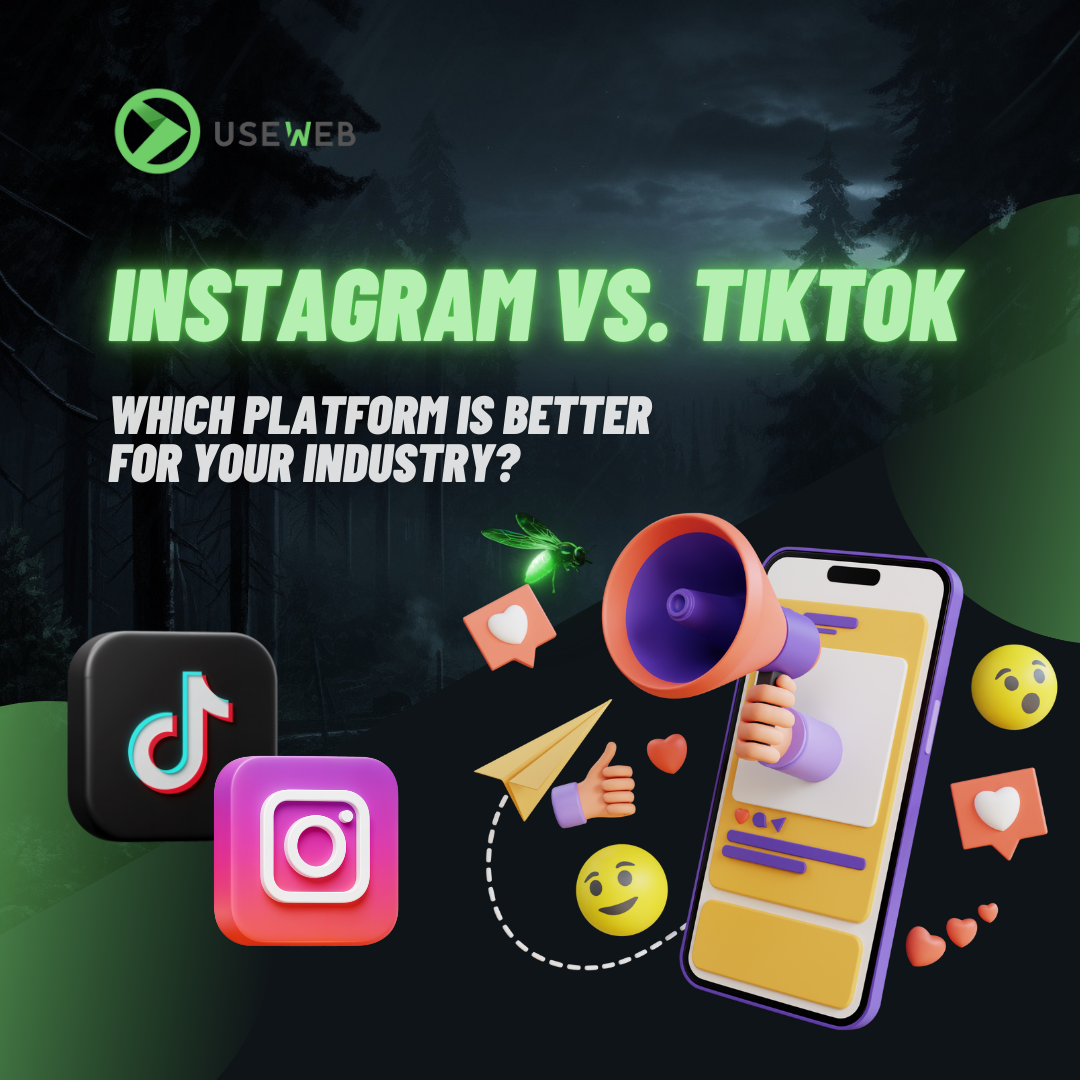What exactly is CTA?
A CTA (Call To Action) is a link that, when clicked, takes the user to a target location, such as a landing page, a product card in an e-store, or an application login page.
Why is CTA so important?
You may wonder how such a simple thing as a call to action can yield results. Indicating to the user exactly what they should do significantly increases the chances of them taking action. A CTA can be treated like a signpost that shows exactly where to go. This element often leads to conversion.
They should appear at every stage of conversion. For example, after adding a product to the basket, you can encourage the user to place an order, add compatible offers, or continue shopping. Clear signposts for moving to the next stages should also be found in the shopping cart itself. CTA allows you to avoid disorienting potential customers, who may leave the site out of frustration before making a conversion. It is also worth using CTA to direct internet users to your site – placing them in social media posts or meta tags, for instance.
Good CTA Practices
Clear Call to Action
First, think about an accurate message – clear and intriguing. Don’t use too many words! An effective CTA is concise. Use short messages. If you plan to use it in the form of a button in an email or on a site, remember that one or a maximum of a few words will work much better than a whole sentence.
CTA = Think Ahead
First of all, right at the beginning of your work on the CTA, think about the next stages that await the user. You have to deliver exactly what you offer. Don’t let the recipients escape. If you want to increase the number of ebook downloads, immediately redirect them to the appropriate subpage or landing page.
A Call To Action (CTA), or call to action – most often in the form of a link or button.
Therefore, when creating effective CTA, focus on making sure that:
- From the beginning, it is clear that the call to action is clickable. Do this by increasing the font size of the CTA, underlining the text (which suggests a hyperlink), and changing its color, or using a graphic button with appropriate content inside.
- A good practice is to use a phrase in the first person singular in the button, e.g. “I’m going in” instead of “Enter”.
- CTA must immediately inform the recipient where they will be directed (e.g. Download ebook).
- It must be of an appropriate size, adapted to different screen sizes on which it will be displayed.
- Successful Call To Action must combine two aspects – appropriate content with the right form.






